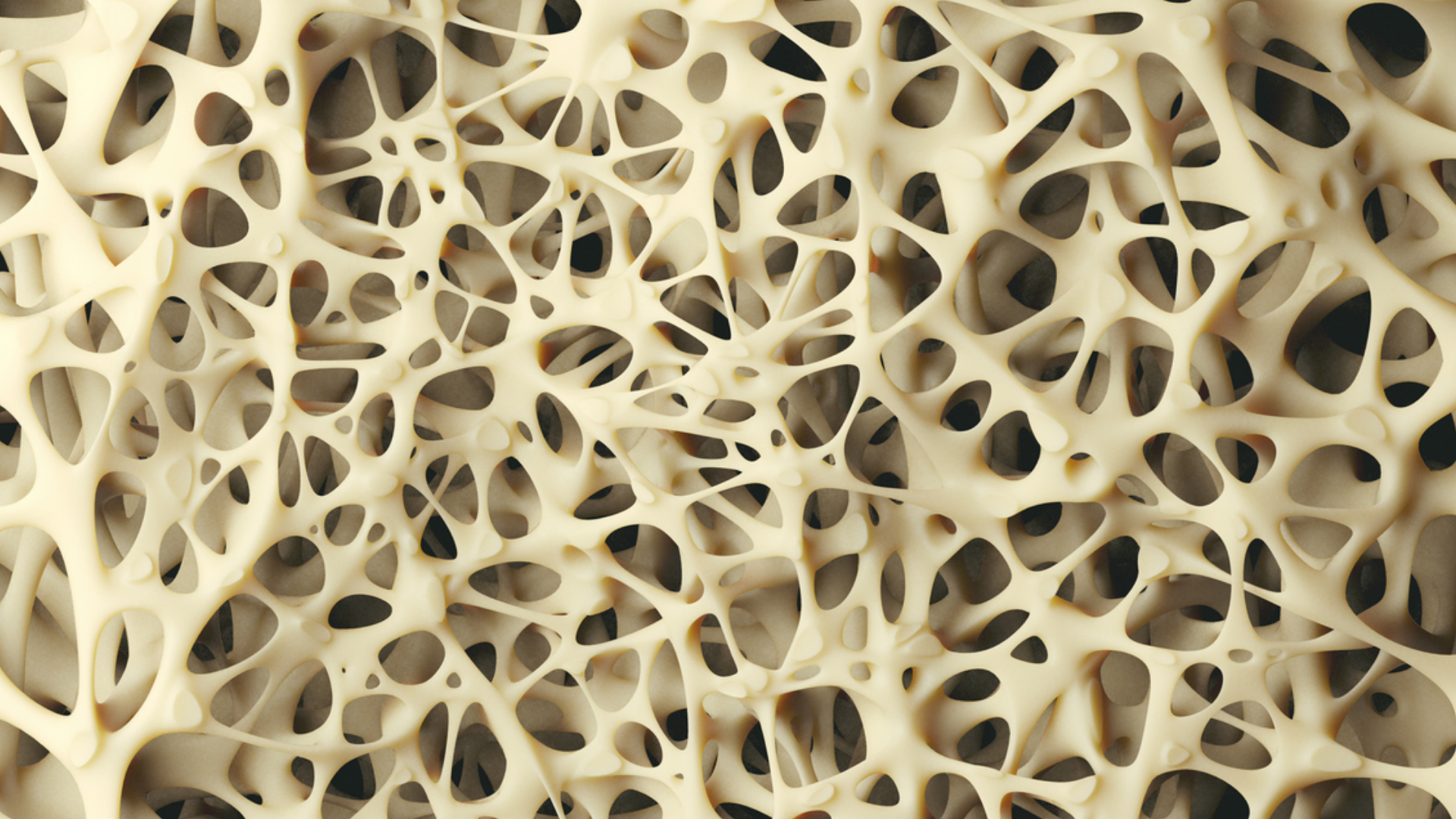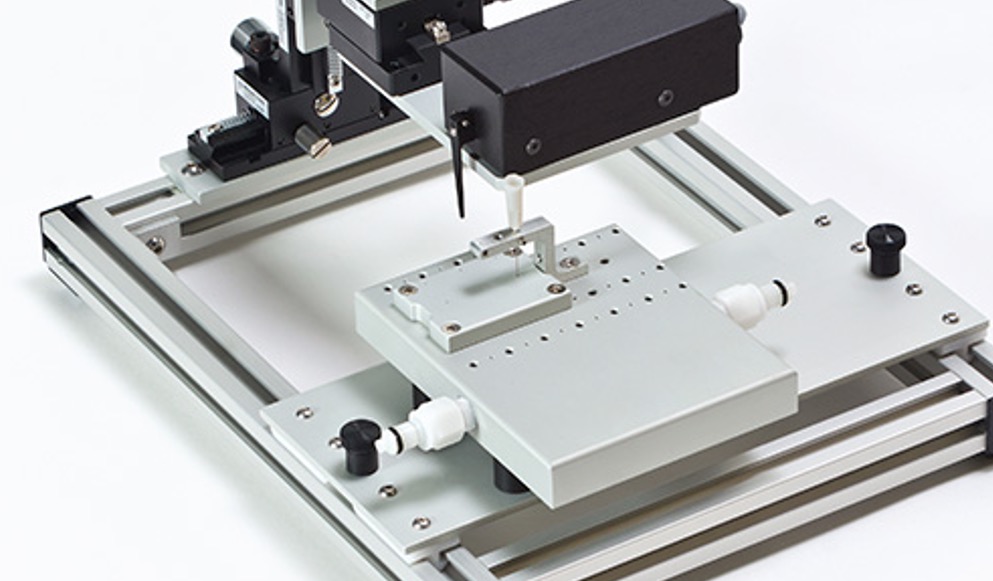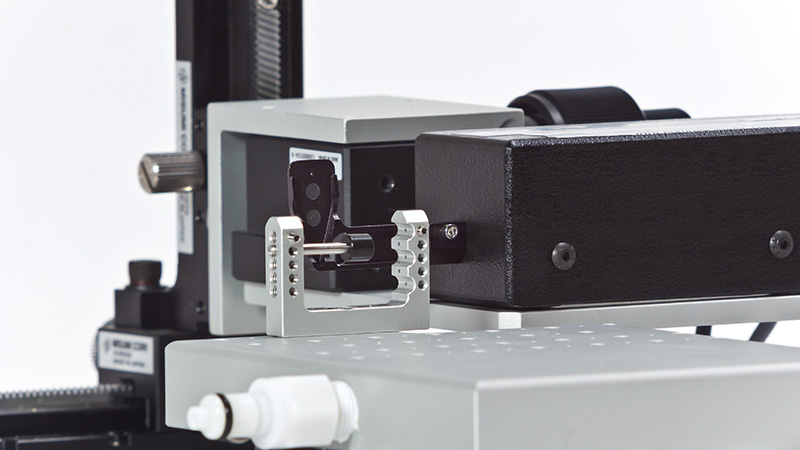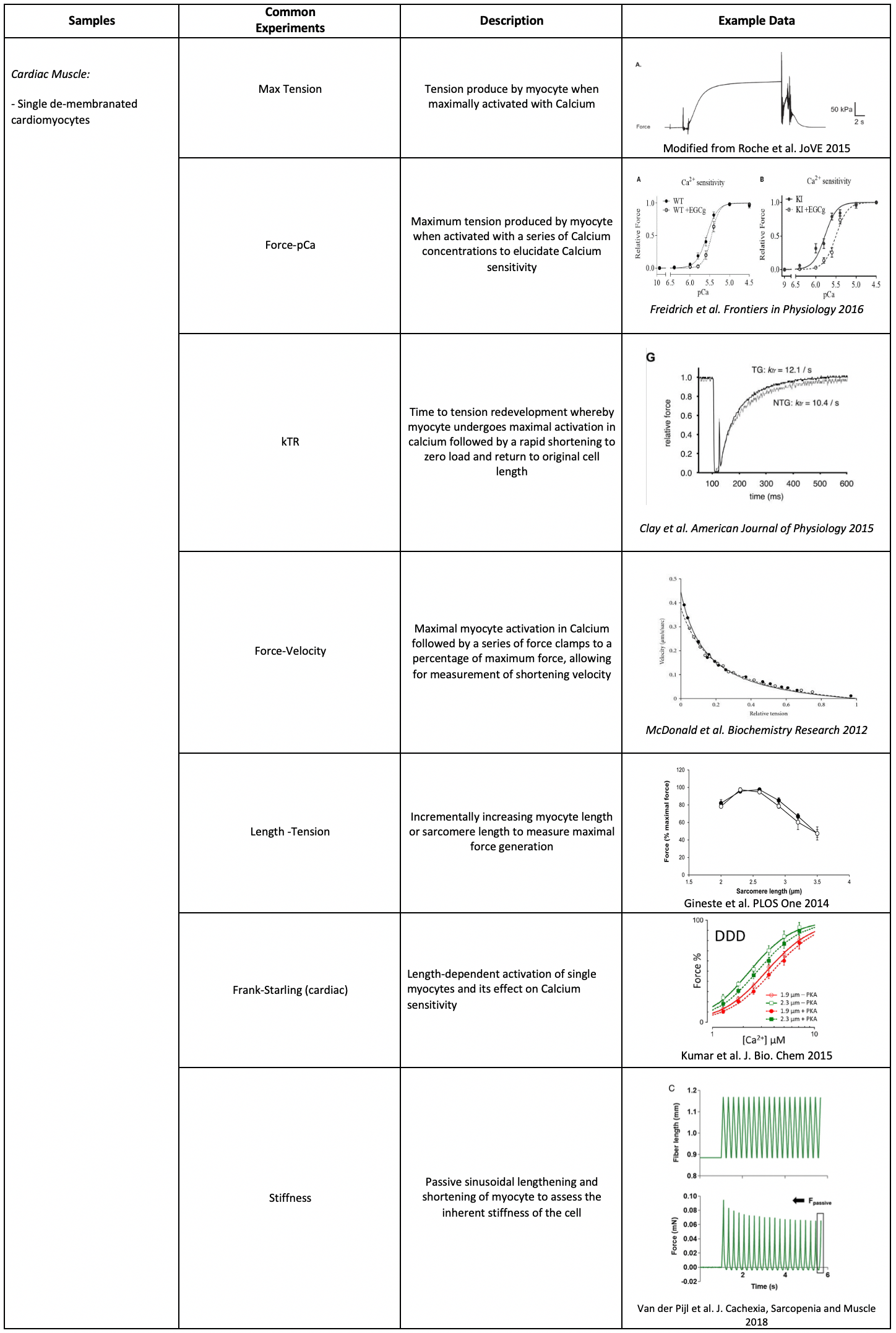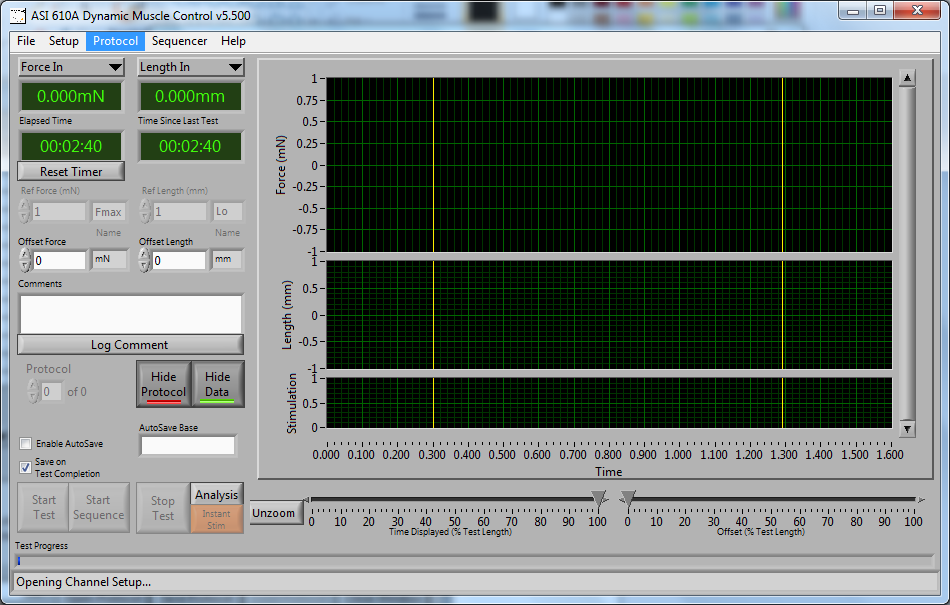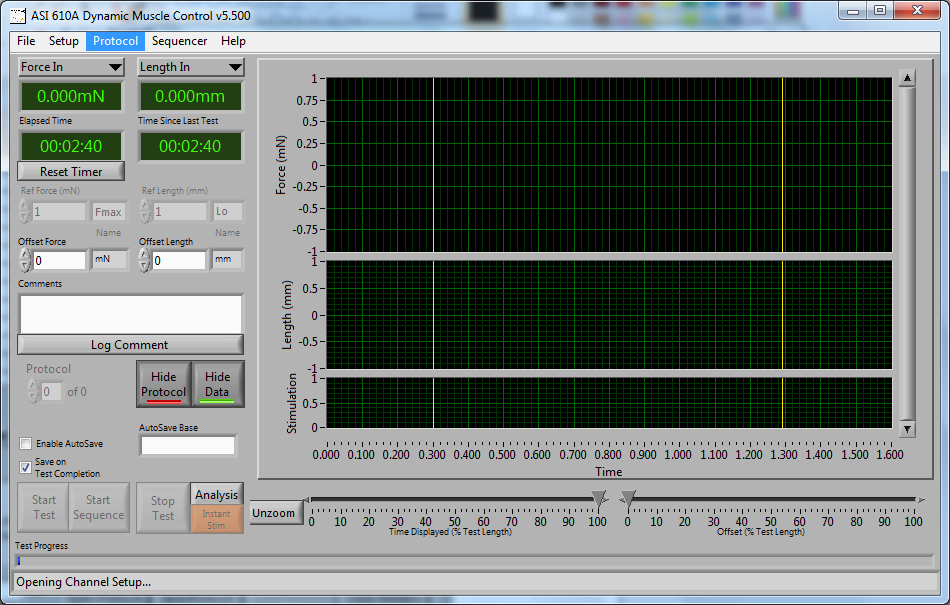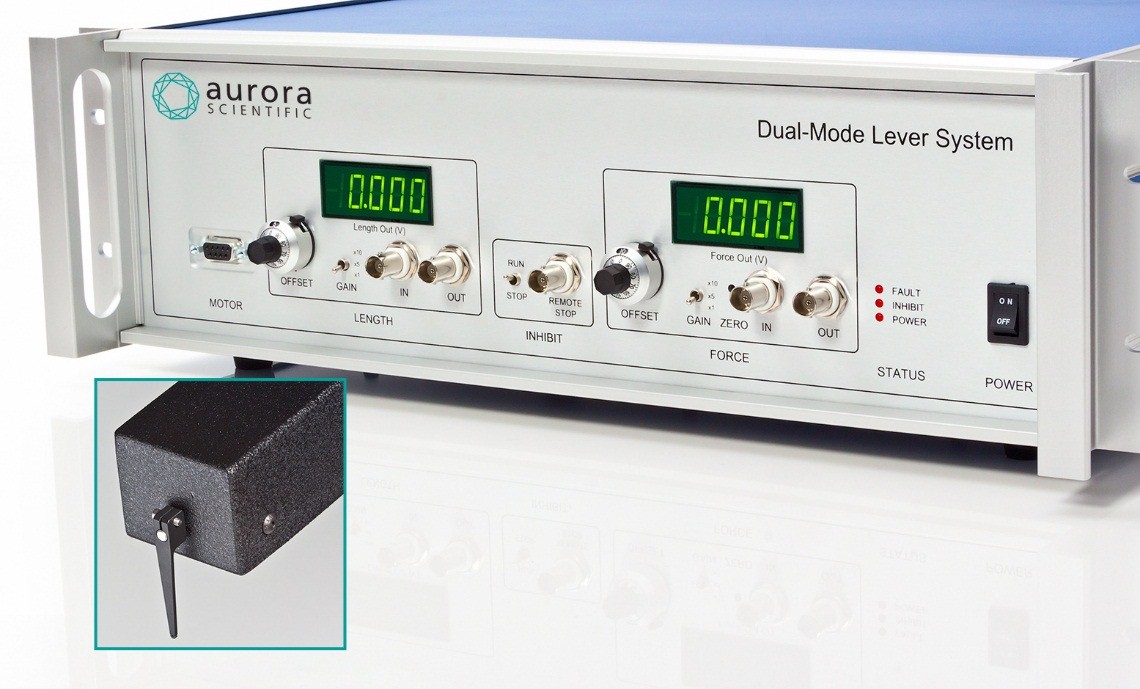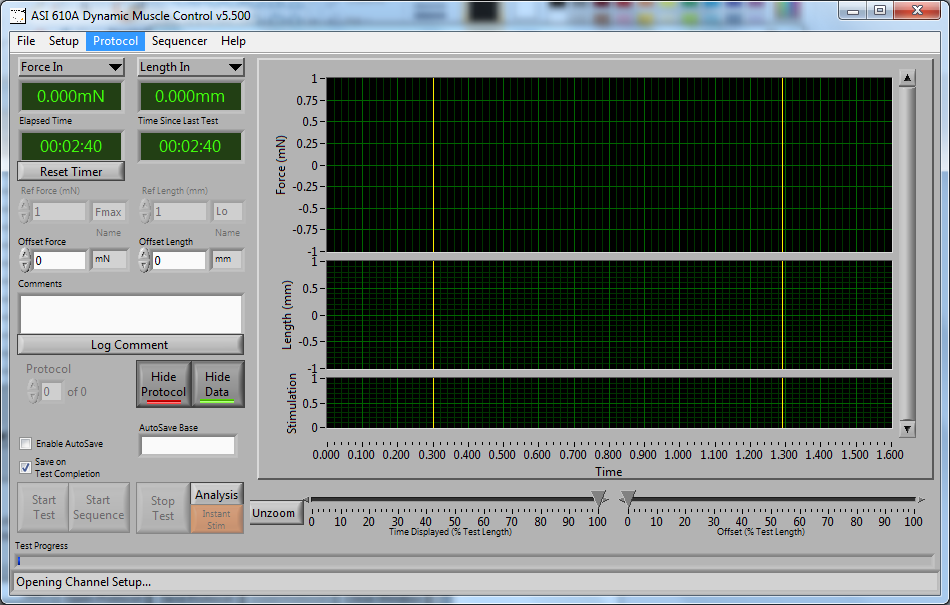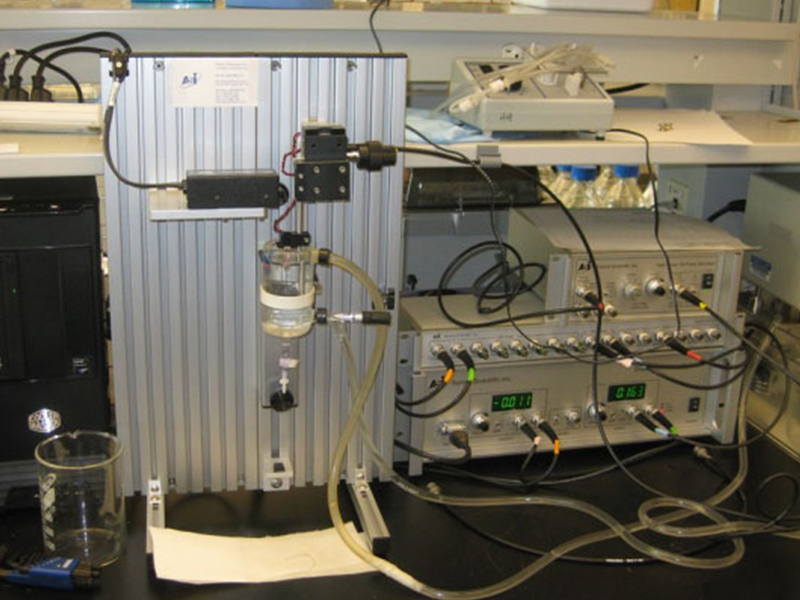In vivo Measurement of Knee Extensor Muscle Function in Mice
Knee extensor musculature is the most widely reported functional outcome in humans and the pathology or functional deficits are well
Disparate bone anabolic cues activate bone formation by regulating the rapid lysosomal degradation of sclerostin protein
Sclerostin is an osteocyte-derived glycoprotein with an inhibitory role in bone formation. Deletion of the Sost gene, which controls sclerostin protein expression, has been shown to increase bone mass in mice. As such, sclerostin shows therapeutic potential in treating bone mass conditions such as osteoporosis. This study focuses on elucidating the molecular control of this protein in both in vitro and in vivo settings. Cell lines Ocy454 and UMR106 were first subjected to fluid shear stress-mediated bone mechanical loading. This resulted in a loss of sclerostin protein abundance. An in vivo assessment was then conducted where mice were subjected to ulnar loads using Aurora’s 305C Dual-Mode lever system. Ulnae were harvested post-load and osteocytes were assessed, showing reduced sclerostin abundance compared to limbs without loading. A previous study showed that NOX2-mediated ROS is an essential part of the mechano-transduction pathway involving sclerostin protein loss. To confirm these findings in a whole animal analysis, the authors analyzed the effect of ulnar loading on mice pre-treated with apocynin, a NOX2 inhibitor. The findings showed that apocynin prevented bone formation that was otherwise load-induced. Therefore, NOX2 ROS was found to be necessary for sclerostin degradation as inhibition of NOX2 lessened the degradation of sclerostin. Furthermore, it was found that inhibition of lysosomal degradation reduced sclerostin protein degradation. These results suggest that inhibiting NOX2 or lysosomal function prevents load-induced sclerostin degradation and subsequent bone formation. The authors then analyzed induced pluripotent stem cell (iPSC)-derived osteoblasts from patients with Gaucher disease, a disease categorized as a lysosomal storage disorder. This analysis showed a significant increase in levels of sclerostin compared to iPSC-derived osteoblasts from patients without Gaucher disease. It was also found that treating Gaucher iPSC-derived osteoblasts with an enzyme restoring lysosomal function resulted in a decrease in sclerostin. These data provide insights into the molecular regulation of osteocyte sclerostin protein and shed light on potential therapeutic targets in the treatment of bone-related conditions.
A Step Further: Customizing the 3-in-1 Whole Animal System
In scientific experimentation, the products available do not always fit the model perfectly. Many labs build their own devices
Tips and Tricks for Troubleshooting the 300C Dual-Mode Muscle Levers
Here we will cover some of the more common issues that researchers encounter when using our Dual-Mode Lever System. If
Tips and Tricks for Measuring Muscle Function in-situ
Aurora Scientific’s 1300A/1305A Isolated Muscle systems have been relied upon by researchers worldwide for nearly 20 years. Though the systems
A Look at Bone-Muscle Crosstalk From in-vivo and in-vitro Perspectives
The bone-muscle interface can be thought of as a lever system: the joint acts as the fulcrum while the
Tips and Tricks for Measuring Muscle Function in-vitro
Aurora Scientific’s 1200A/1205A Isolated Muscle systems have been relied upon by researchers worldwide for nearly 20 years. Though the systems
Tips and Tricks for Measuring Muscle Function in-vivo
Aurora Scientific’s 1300A/1305A Whole Animal Systems have been instrumental in providing the research community with a tool to characterize
Commonly Used Samples and Experiments using Whole Animal Systems
Aurora Scientific offers several different test systems to evaluate the various structural levels of muscle. However, there are many
Commonly Used Samples and Experiments for Aurora Scientific Systems
Aurora Scientific offers several different test systems to evaluate the various structural levels of muscle. However, there are many examples
Experimental Methods for In-Vivo (Footplate) Procedures
This blog is intended to give a brief and general overview of how to adequately perform in-vivo footplate experiments
How to Calibrate Your Dual-Mode Lever System Using DMC
This blog is intended to navigate you through the process of calibrating your 300C Dual-Mode Muscle Lever Series using Dynamic
How to Write Basic Protocols in DMC – Isotonic
Are you wondering how to accurately model human exercise? In this third and final installment of our series of
How to Write Basic Protocols in DMC – Concentric and Eccentric
Are you looking to go beyond isometric with your animal model? We can help! In this second installment of
Beyond a Force Transducer: 300C Capabilities
Are you familiar with our 300C Dual-Mode Muscle Lever series, the center piece of our 1200A/1205A Isolated Muscle Systems and 1300A/1305A
How to Write Basic Protocols in DMC – Isometric
Looking to characterize muscle function, but need a hand creating appropriate protocols? Let us help! In a series of blogs we will outline
Control Muscle Length with DMC Software Using Reference Units
One of the most useful facets of Aurora Scientific’s Dynamic Muscle Control (DMC) software is the ability to use
Necessary Equipment to Operate Your New ASI Muscle Test System
You've received a shipment of white boxes from Aurora Scientific containing your brand new muscle test system. You've watched

